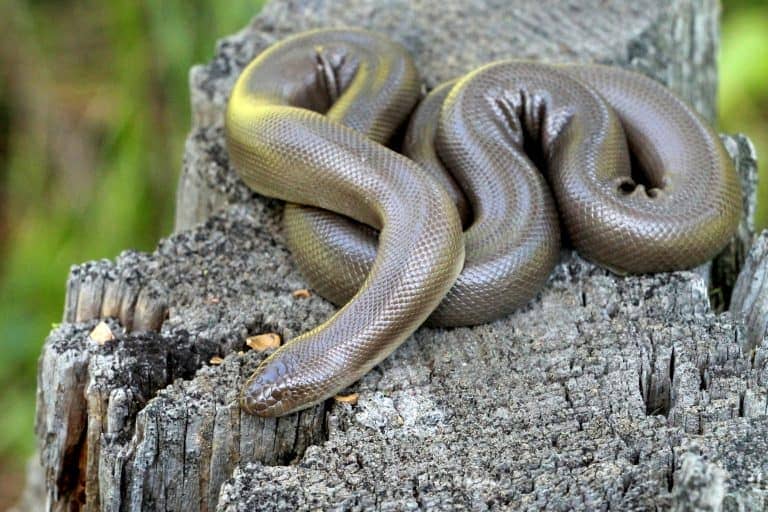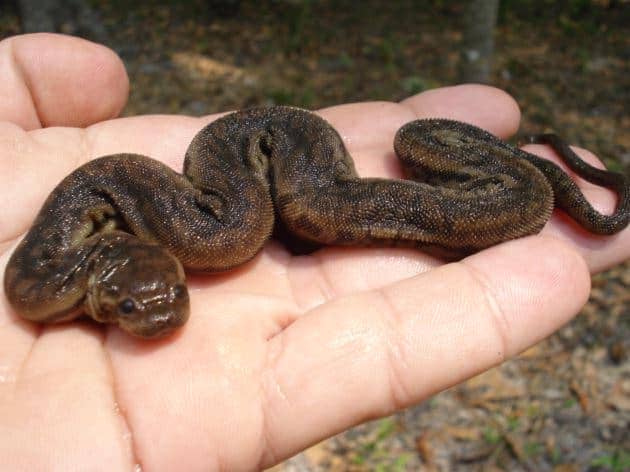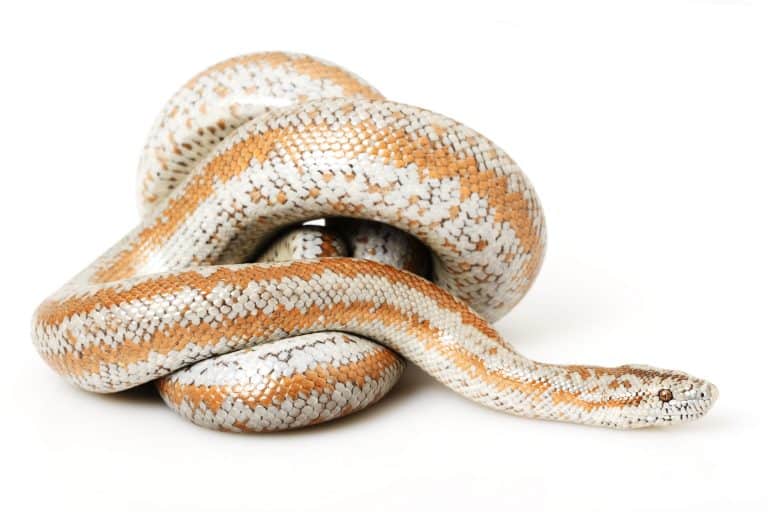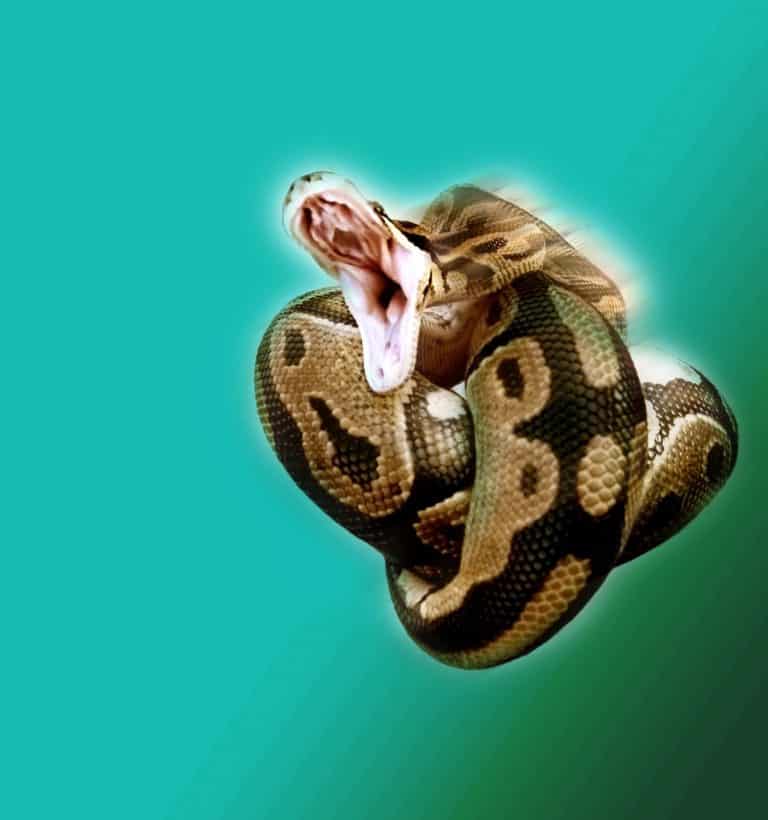Ever seen a snake that looks like a rubber toy? Meet the Rubber Boa — nature’s squishy-looking serpent! This unassuming little snake isn’t just cute (yes, snakes can be cute), but it’s also a fascinating creature with a chilled-out vibe and impressive adaptability. Whether you’re a herpetology enthusiast or just snake-curious, the Rubber Boa is worth knowing about.
🔬 Taxonomy and Classification
-
Scientific Name: Charina bottae
-
Common Names: Rubber Boa, Western Rubber Boa
-
Family: Boidae (the boa family)
-
Genus: Charina
The Rubber Boa is one of only two species in its genus. Despite its small size, it’s part of the same family as some of the world’s largest snakes — the boas and pythons.
📏 Physical Description
Size and Weight
Rubber Boas are relatively small snakes, ranging from 14 to 33 inches long. Most adults fall around the 2-foot mark. They’re stout-bodied but not heavy, typically weighing under 200 grams.
Coloration and Skin Texture
Their skin has a smooth, glossy appearance, making them look — you guessed it — like rubber! The colors vary from olive-green, brown, tan to yellowish, often darker on top and lighter on the belly.
Distinctive Features
-
Blunt head with small eyes
-
Tail mimics the head, useful for defense
-
No visible neck, adding to their “rubber tube” look
-
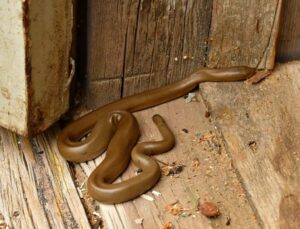
Rubber Boa coiled on a forest floor
🌲 Natural Habitat
Geographic Range
Rubber Boas are native to western North America, including:
-
California
-
Oregon
-
Washington
-
Idaho
-
Montana
-
British Columbia
Preferred Environment
They love cool, moist areas, often hiding under:
-
Rocks
-
Logs
-
Leaf litter
You’ll find them in forests, grasslands, and even mountain meadows up to 10,000 feet elevation.
Climate Conditions
Rubber Boas thrive in temperate climates with cool nights. They are one of the few snakes that tolerate cold temperatures, even active during dusk in chilly weather.
🧠 Behavior and Temperament
Docile Nature
If there’s such a thing as a “sweet” snake, the Rubber Boa might be it. They are non-aggressive and rarely bite, making them ideal for handling — even by kids during educational programs.
Nocturnal Habits
These snakes prefer the cover of darkness. They come out at dusk and night to forage and explore, staying hidden during the hot daytime.
Defensive Mechanisms
-
Tail mimicking the head confuses predators
-
Curling into a ball with tail sticking out
-
Using the tail to “poke” at threats while hiding the head
🍽️ Diet and Hunting Habits
Prey of Choice
Rubber Boas primarily eat:
-
Small rodents
-
Lizards
-
Nestling birds
-
Other snakes
-
They especially love baby mice!
How It Hunts
These are constrictors, meaning they wrap around their prey and squeeze until the prey stops breathing. Unlike big boas, they do this gently and often feed in tight spaces like burrows.
Feeding in Captivity
Rubber Boas do well with:
-
Pre-killed pinky mice
-
Small live rodents (occasionally)
-
Feeding every 7–10 days
-
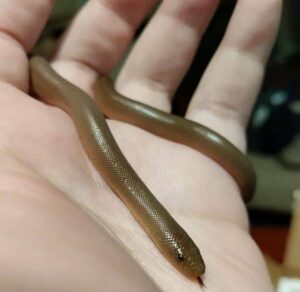
Rubber Boa coiled on a forest floor,
🐣 Reproduction and Lifecycle
Mating Season
Rubber Boas usually breed in spring, shortly after emerging from brumation (snake hibernation).
Birth and Offspring
-
They give live birth, not eggs.
-
Females produce 2 to 8 babies, usually in late summer.
-
Newborns are about 7–9 inches long and look like mini adults!
Growth Stages
-
Reach sexual maturity in 4–5 years
-
Lifespan can exceed 20 years in the wild
🦅 Predators and Threats
Natural Predators
-
Hawks
-
Foxes
-
Coyotes
-
Raccoons
Human Impact
-
Habitat destruction
-
Road mortality
-
Illegal collection for pet trade
Conservation Status
Rubber Boas are listed as Least Concern, but local populations are sensitive to environmental changes and habitat loss.
🏡 Rubber Boa as Pets
Suitability for Beginners
Perfect for newbies! Their calm behavior and small size make them great for first-time snake owners.
Housing and Habitat Setup
-
10–20 gallon tank is plenty
-
Moist hide and cool temperature gradient
-
Substrate like cypress mulch or aspen shavings
Feeding and Care Tips
-
Feed once a week
-
Clean habitat regularly
-
Provide a shallow water dish
-
Keep temperature around 70–75°F
-
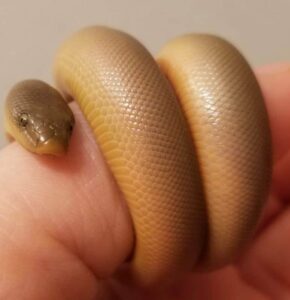
“Rubber Boa coiled on a forest floor,
🛠️ Unique Adaptations
Tail Mimicry
Their tail looks like a head, helping them survive attacks. Predators often strike the wrong end!
Cold Tolerance
They can function in low temperatures, even above freezing — rare for snakes!
Burrowing Behavior
They dig and burrow well, spending much of their time underground or beneath cover.
❌ Myths and Misconceptions
Non-Venomous Truth
Rubber Boas aren’t venomous — not even close. They’re constrictors and pose no danger to humans.
Confusion with Other Snakes
Often mistaken for:
-
Baby pythons
-
Worm snakes
-
Legless lizards
But their distinctive rubbery look sets them apart once you know what to watch for.
🌎 Rubber Boa in Ecosystems
Role as a Predator
They help control populations of:
-
Rodents
-
Insects
-
Other small reptiles
Importance in Food Chains
Rubber Boas are both predators and prey, vital in maintaining balance in their ecosystems.
🔭 Observing in the Wild
Best Places and Seasons
Try your luck in:
-
Pacific Northwest forests
-
Sierra Nevada foothills
Best times: spring and early summer, during dusk or overcast days.
Ethical Wildlife Watching
-
Don’t disturb or capture
-
Avoid flashlights or loud sounds
-
Leave them where you find them
🤝 Interaction with Humans
Educational Value
Used in schools, museums, and science programs to teach kids about reptiles.
Cultural Significance
Not featured in mythology much, but increasingly seen as ambassadors for snake conservation due to their friendly nature.
🎯 Conclusion
The Rubber Boa is more than just a funny-looking, friendly snake — it’s a biological marvel wrapped in soft, smooth scales. From its gentle demeanor to its important ecological role, this little boa has earned a place in both wild ecosystems and the hearts of snake lovers. Whether in the forest or a terrarium, it reminds us that snakes aren’t always scary — sometimes, they’re just misunderstood rubber noodles with a heartbeat.
❓FAQs
Q1: Are Rubber Boas venomous?
Nope! They’re non-venomous and rely on constriction to subdue prey.
Q2: Can Rubber Boas be handled easily?
Absolutely — they’re one of the most docile snake species and rarely bite.
Q3: What do Rubber Boas eat in captivity?
Mainly pinky mice or small rodents, once a week.
Q4: How long do Rubber Boas live?
They can live 20+ years with proper care, both in the wild and captivity.
Q5: Are Rubber Boas endangered?
No, but they face local threats like habitat loss and road mortality.
